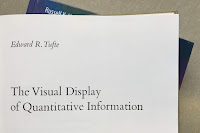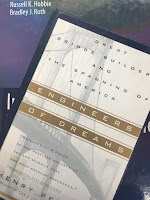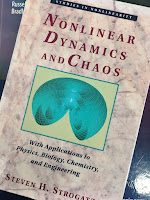 |
| Nonlinear Dynamics and Chaos, by Steven Strogatz. |
One book that Russ Hobbie cited in earlier editions of our text is Nonlinear Dynamics and Chaos, by Steven Strogatz. Even though we still cite the book in the 4th edition, I was not really familiar with it until last year, when my daughter Stephanie used it in a class on nonlinear dynamics at the University of Michigan. She loved the book, and recommended it to me. In the preface, Strogatz writes
This textbook is aimed at newcomers to nonlinear dynamics and chaos, especially students taking a first course in the subject. It is based on a one-semester course I’ve taught for the past several years at MIT. My goal is to explain the mathematics as clearly as possible, and to show how it can be used to understand some of the wonders of the nonlinear world... A unique feature of the book is its emphasis on applications. These include mechanical vibrations, lasers, biological rhythms, superconducting circuits, insect outbreaks, chemical oscillators, genetic control systems, chaotic waterwheels, and even a technique for using chaos to send secret messages. In each case, the scientific background is explained at an elementary level and closely integrated with the mathematical theory.
 |
| When Time Breaks Down, by Art Winfree. |
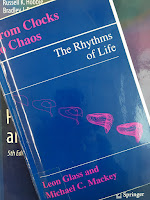 |
| From Clocks to Chaos, by Glass and Mackey. |
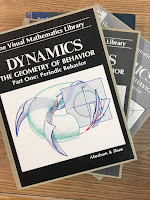 |
| Dynamics: The Geometry of Behavior, by Abraham and Shaw. |
